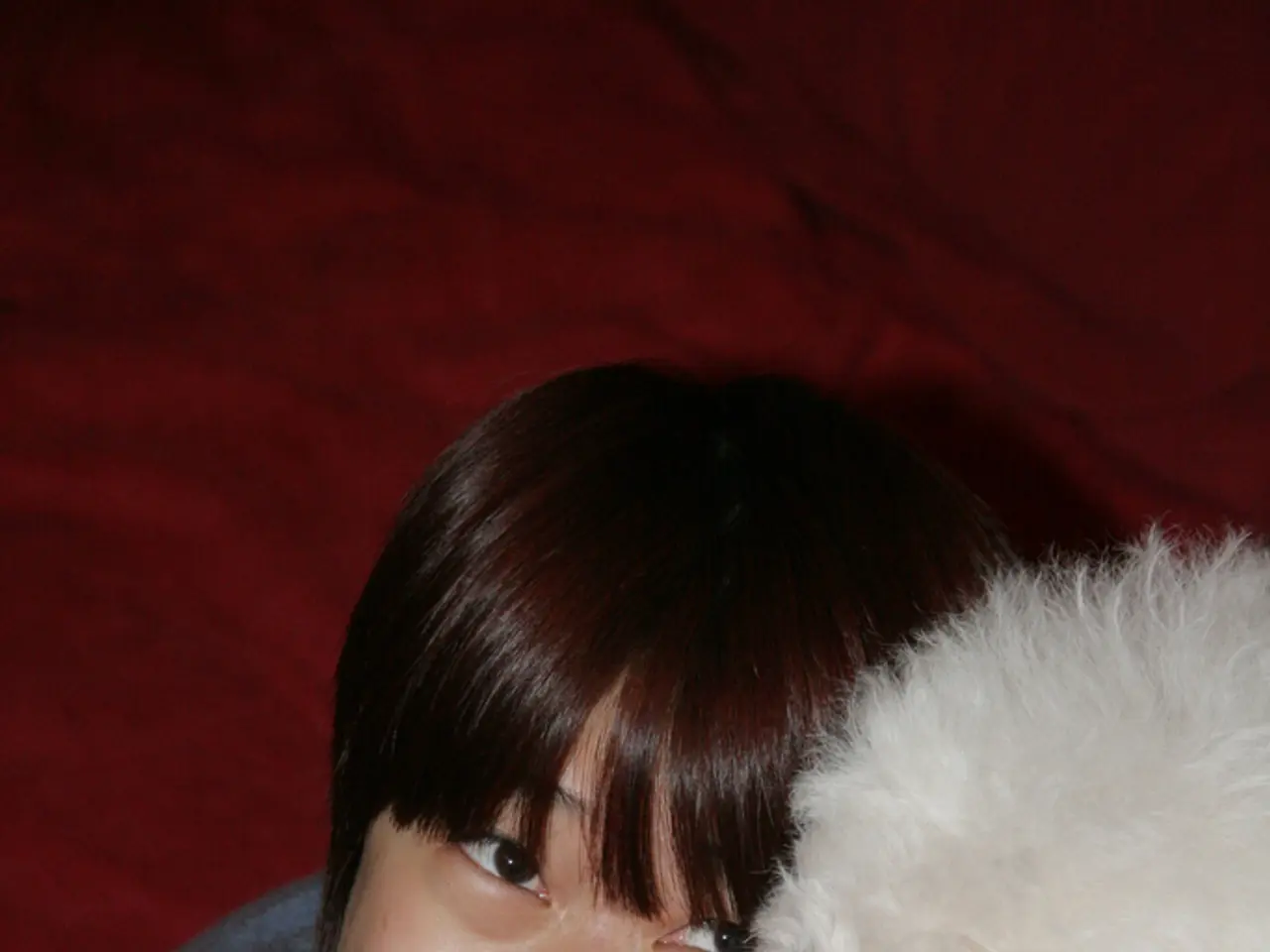Self-Calming Techniques for Insecure Attachment: A Comprehensive Guide
In the realm of emotional health, understanding and addressing anxious attachment is crucial. This style of attachment, characterised by a fear of abandonment and rejection, can manifest in various ways, such as self-esteem issues, clinginess, and a need for constant attention and recognition from partners.
To heal from anxious attachment, one must embark on a journey that encompasses the mind, body, and spirit. Here are some effective strategies for self-soothing anxious attachment:
1. **Develop a Toolkit of Healthy Coping Skills**
Journaling, mindfulness, meditation, physical calming techniques, and sensory soothing are all valuable tools in managing anxious thoughts and emotions. Engaging in these practices helps create emotional resilience and promotes a more objective perspective.
2. **Reflect and Reframe Your Thoughts**
Identifying triggers and the deeper fears they evoke is essential. Rewriting negative inner scripts with kinder, realistic truths can help challenge anxious thoughts and foster a more positive outlook.
3. **Build Boundaries and Communicate Needs**
Recognising and expressing needs clearly and kindly helps reduce anxiety tied to uncertainty and unmet expectations. This practice promotes a healthier, more balanced relationship dynamic.
4. **Cultivate Self-Compassion and Identity Shift**
Separating core worth from painful experiences and negative beliefs is crucial. Reframing one's identity towards someone who feels safe inside themselves, independent of external validation, can help foster emotional stability and resilience.
5. **Use Grounding and Breathing Exercises**
Grounding techniques and breathwork can help calm anxiety and provide clarity when feelings become overwhelming.
In addition to these strategies, self-care, therapy, and exercise play significant roles in healing anxious attachment. A consistent morning routine focusing on gratitude and goal-setting, therapy sessions, and regular exercise can all contribute to a more secure sense of self and emotional well-being.
Art therapy, in particular, can provide valuable insights into one's attachment patterns and preferred ways of regulating emotions. Creative arts interventions can help heal fundamental self-wounds, access the authentic self, and create healthier synaptic grooves in the limbic brain.
Ultimately, healing anxious attachment requires a commitment to oneself, a willingness to grow, and a focus on developing a more secure internal sense of safety and connection. Consistent practice over time can lead to a more balanced, fulfilling, and secure emotional life.
- Embracing art as a form of expression can aid in understanding one's emotional attachment patterns.
- Incorporating certain lifestyles, such as maintaining a consistent morning routine, therapy sessions, and regular exercise, can contribute to healing anxious attachment.
- Engaging in playful activities can act as a tool for building emotional resilience and facilitating self-soothing.
- Refraining from jumping to conclusions about relationships and trusting the process of healing can be an essential aspect of addressing anxious attachment.
- The role of mental health in addressing anxious attachment is significant, as it affects not only emotional well-being but also overall health-and-wellness.
- In a healthy relationship, understanding and respecting boundaries can help mitigate symptoms of anxious attachment, fostering mutual trust and emotional connection.
- The scientific community continues to uncover the benefits of various therapies, including art therapy, in healing anxious attachment and promoting emotional health.
- Cultivating self-awareness through reflection and meditation can aid in identifying, reframing, and challenging anxious thoughts, contributing to a more positive outlook in relationships.




